Digital Wellbeing Framework to Equip Children in COVID19 Times :
- More than 315 million students in India have been affected by school / college closures. Online learning has filled a very little of the gaps leaving the economically disadvantaged students and created new concerns, meaning screen time has increased for many children. Around 60% of 8 to 14 year olds are exposed to cyber risk, including cyberbullying, stalking etc, according to newspapers articles and reviews published during this COVID19 times.
- This article help you understand how your child can be safe online and how we need to teach them about digital wellbeing and this should be implemented across educational institutions and organisations.
- Today’s children and teens are growing up in the connected world. As they grow older, it is crucial that they learn to balance the benefits offered by technology offerings with an understanding of their own and other’s online behaviour, and then develop effective strategies for staying secure and making a positive online impact.
- This framework will help children and teens, the opportunity to develop at different ages and stages in this digitally connected world of COVID19 times.
- In this frame world, children and young people will better understand technology and its influence on behaviour and development, and what skills they need to be able to navigate safely in the digitally connected world.
To Preempt and Mitigate a better Digital Wellbeing Framework :
- Monitor Digital Etiquettes within the organization through the Digital Wellbeing Framework
- Encourage and promote a discrimination & harassment-free culture through in-house Nominated Ambassadors / Counsellors
- Consider making the employee’s / students’ performance along these lines part of their annual performance reviews
- Ensure that policies are enforced impartially and visibly, & that employees / students are aware of enforcement actions within the appropriate boundaries of employee / student privacy
- Make sure all students and employees are aware of the current laws, regulations and policies pertaining to framework of Digital Wellbeing
- Develop and implement clear and comprehensive Digital Wellbeing policies & procedures
- Provide students, employees with training and certification regarding company policies & philosophy on Digital Wellbeing & Internet Ethics
Four Point, Digital Wellbeing Frame work on various aspects of digitally connected world :
- Now a days online identities in additionally to real life identities. Children must understand differences between online and offline identity having self-awareness to shape online identities and the way media impacts. Few examples can be
(i) Anything posted online social media shall exist for life
(ii) Shaping your perception towards yourself in the real world
(iii) In the future employers tend to use online platforms to verify and validate the identity and relationships and hence, it’s important to bear in mind the effective ways to manage your online identities and relationships. - Online Reputation is all about how others use your information to create judgements and approaches to manage personal digital content effectively and profit of technology benefits to make positive impressions.
- Making children understand how Cyberbullying and its negative aggressions impacts Children . They must know the effective reporting and intervention and considerations on how cyberbullying relates to legislation.
- Exploring how online information is found, viewed and inferred, and prepare them for effective searching, critical evaluation and ethical publishing.
- Understanding impact that technology has on health, well-being, lifestyle and screen time. It also includes understanding negative behaviours and issues amplified and an approach to house them.
- Making children understand how personal information is used, stored, processed and shared. Providing an approach to limit impact on privacy and protect personal data and systems against any compromise.
- Children should know ways to protect personal content and crediting the rights of similarly as addressing likely outcomes of illegal access, download and distribution of material from Internet.
Conclusion :
- Digital Wellbeing in a digitally connected world is a Framework that may help children and teens in development of teaching and learning as well as guidance to them to participate knowledgeably, responsibly and safely in an exceedingly digitally connected world.



